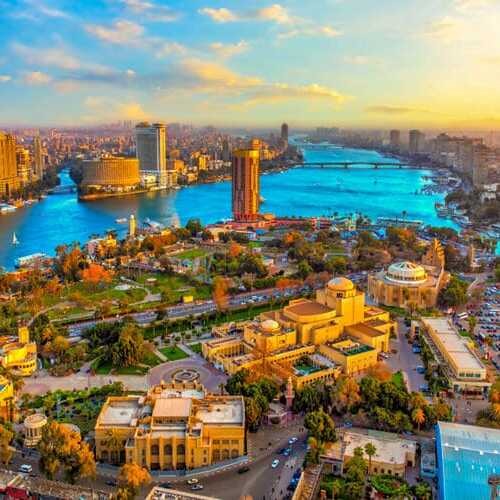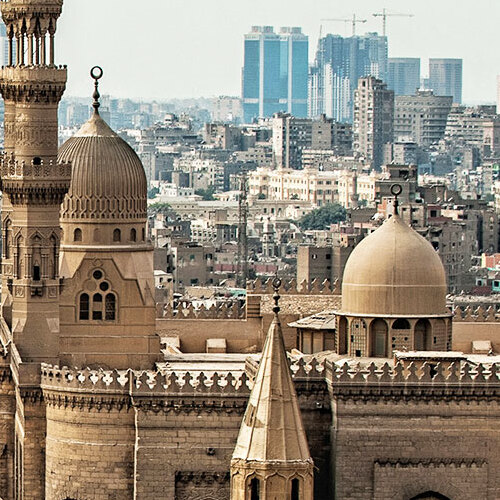The Citadel Of Saladin
The Citadel of Saladin: A Tapestry of Egyptian History
Perched atop a limestone spur in the eastern corner of Cairo, the Citadel of Saladin is a monument steeped in the annals of Egyptian history. For nearly 700 years, it served as the exclusive domain of Egyptian rulers, a fact reflected in its rich tapestry of mosques, museums, and palatial structures. These edifices, adorned with verandas offering panoramic views of the city, are now open to the public, though they require an admission fee. The journey to the Citadel, while somewhat arduous, rewards visitors with a wealth of historical and architectural marvels.
Construction of the Citadel began in 1176 under the aegis of Saladin, primarily as a defensive bulwark against Crusaders in the Palestine region. The subsequent rise of the Mamluks, who overthrew Saladin’s Ayyubid dynasty, heralded an era of expansion for the Citadel. Under their reign, the complex was enhanced with the addition of lavish harems and palaces.
In 1517, the Ottomans seized control from the Mamluks. They fortified the Citadel further, adding the Bab al-Azab, a new main gate, but allowed the Mamluk palaces to fall into decay. Napoleon Bonaparte’s philosophers, upon occupying Cairo in 1798, lauded the Citadel’s buildings as some of Cairo’s most exquisite Islamic monuments.
However, the Citadel underwent a significant transformation under Mohammed Ali, who succeeded the French. He introduced mosques with Turkish designs, a style that remains prominent throughout Cairo to this day. Following his grandson Ismail’s relocation of the royal residence to Abdeen Palace, the Citadel was repurposed as a military outpost. During World War II, it served as barracks for British soldiers. Today, while there is still a residual Egyptian military presence, most of the Citadel has been converted for tourist exploration, offering a vivid window into the layers of history that have shaped this iconic landmark.
Created On March 18, 2020
Updated On Aug , 2024
The Complex of Sultan Ashraf Barsbey
Khanqah-Mausoleum of Farag Ibn Barquq
Mosque-Madrassa of Sultan Hassan
Mosque-Madrassa of Umm Sultan Sha’aban
Beit Al-Suhaymi(Al-Suhaymi House)
Khanqah & Mausoleum of Sultan Baybars al-Gashankir
Sabil And Kuttab Of Abdel Rahman Katkhuda
Madrassa And Mausoleum of An-Nasir Mohammed Sultan
Madrassa And Mausoleum of Barquq
Madrassa & Mausoleum of as-Salih Ayyub
Bein al-Qasreen STREET(Between The Two Palaces {Street})
Madrassa & Mausoleum of Qalawun
Midan Al-Hussein(Sayedna Al-Hussein Square)
Khan Al-Khalili Bazaar (Cairo’s Most Famous Bazaar)
The Church of St Sergius & Bacchus



